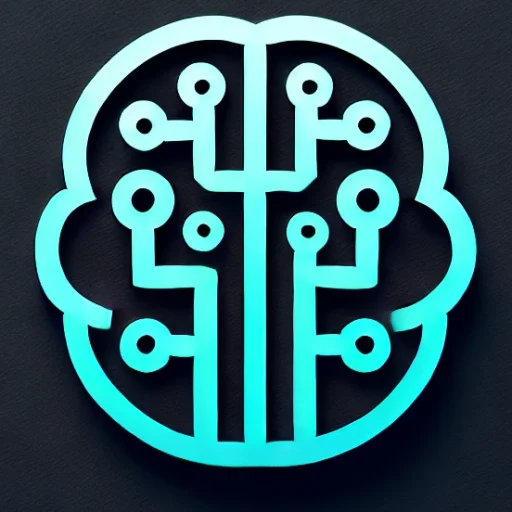
Introduction
In recent years, generative AI has emerged as one of the most promising and transformative innovations in the field of artificial intelligence. With its ability to create content, design systems, and solve complex problems, generative AI is not only pushing the boundaries of what machines can achieve but also redefining the way industries operate. This blog delves into the latest advancements, real-world applications, challenges, and future prospects of generative AI.
Key Insights & Latest Advancements
Generative AI, particularly models like Generative Adversarial Networks (GANs) and Transformer-based architectures such as OpenAI’s GPT-4 and Google’s PaLM, have demonstrated unprecedented capabilities in creating human-like text, images, and even music. These systems work by learning patterns from vast datasets and then generating new, original content that mimics the complexity and nuance of human outputs.
Recent Breakthroughs:
- GPT-4 and PaLM Advancements: The latest iterations of these models have improved in understanding context, generating coherent narratives, and even performing complex reasoning tasks.
- Multimodal Models: AI systems that can process and generate multiple types of data simultaneously, such as text and images, are advancing rapidly, leading to more nuanced and sophisticated outputs.
Real-World Applications
The applications of generative AI span across numerous sectors, offering innovative solutions and efficiency improvements.
Healthcare:
- Drug Discovery: AI systems are revolutionizing drug discovery by generating new molecular structures and predicting their interactions, significantly accelerating the time-to-market for new medicines.
- Medical Imaging: Generative models help enhance and interpret medical images, assisting doctors in diagnosing and treating patients more accurately.
Entertainment and Media:
- Content Creation: AI is increasingly used in generating scripts, editing videos, and even composing music, opening up new creative possibilities and reducing production costs.
- Game Development: Generative AI is being used to design game environments, create character narratives, and enhance player interactions.
Finance:
- Risk Management: AI models are capable of generating and simulating various market conditions, providing insights into risk factors and helping in strategic planning.
Challenges & Future Outlook
While the potential of generative AI is immense, it is not without its challenges. Concerns around data privacy, ethical use, and the propagation of misinformation are at the forefront of discussions among policymakers and technologists alike.
Key Challenges:
- Bias and Fairness: Generative models can inadvertently perpetuate biases present in the training data, leading to ethical concerns and the need for rigorous oversight.
- Intellectual Property: The ability of AI to replicate and modify existing works raises questions about copyright laws and the protection of intellectual property.
Future Outlook:
The future of generative AI is promising, with ongoing research focused on making these models more efficient, transparent, and aligned with human values. As AI becomes more integrated into our daily lives, the emphasis will likely shift towards ensuring equitable access and responsible deployment across all sectors.
Conclusion
Generative AI stands at the frontier of technological innovation, transforming industries and sparking new forms of creativity. Its ability to generate complex and impressive outputs promises to revolutionize various fields, from healthcare to entertainment. However, as we harness the power of these technologies, it is crucial to address the ethical, legal, and social implications they entail. By balancing innovation with responsibility, we can ensure that generative AI continues to contribute positively to society, paving the way for a future of unprecedented technological advancement.
Key Takeaways
- Generative AI is reshaping industries by enabling the creation of new content and solutions.
- Recent advancements include state-of-the-art models like GPT-4 and multimodal AI systems.
- Applications range from healthcare innovation to enhanced media production.
- Ethical challenges like bias and intellectual property must be addressed to ensure responsible AI use.
- The future will see a focus on equitable and transparent AI deployment, fostering widespread benefits.

